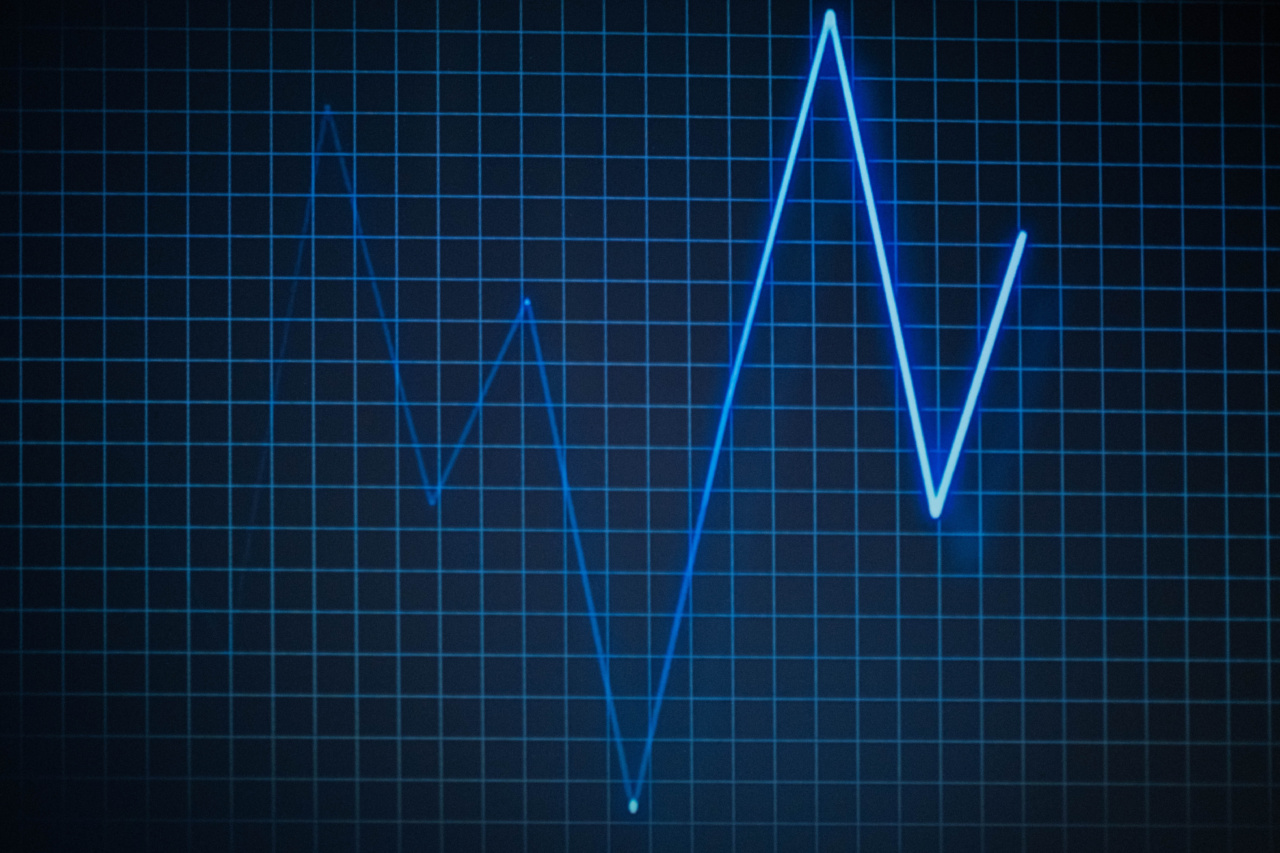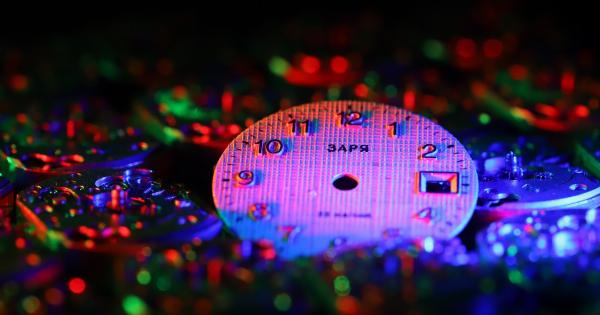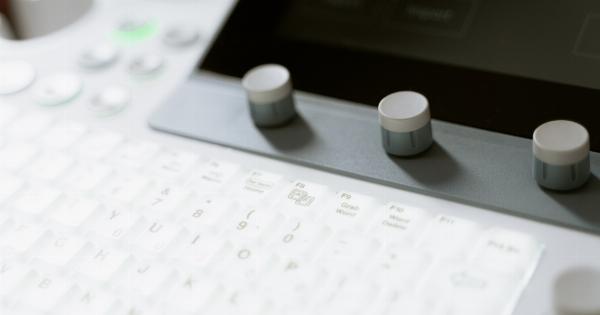Tracking the pulse feeling through image-based analysis has become an emerging field in recent years.
With advancements in technology and the rise of wearable devices, it is now possible to monitor a person’s vital signs, including heart rate, through non-invasive methods. This has opened up possibilities for various applications in healthcare, fitness, and even emotional sensing. In this article, we will explore the concept of tracking pulse feeling using image-based analysis and its potential implications.
The Science Behind Tracking Pulse Feeling
To understand how tracking pulse feeling through image-based analysis works, it is essential to grasp the underlying science.
The human body constantly undergoes subtle changes in blood flow, particularly in areas close to the skin’s surface, such as the face. These changes are caused by the rhythmic contractions of the heart, which pump blood throughout the body.
By analyzing images or videos captured by a camera, researchers can detect these changes in blood flow. This is done through techniques such as photoplethysmography (PPG) and remote photoplethysmography (rPPG).
PPG measures blood volume by using light to sense the absorption and reflection of blood vessels, while rPPG takes advantage of changes in skin color caused by variations in blood flow.
The information obtained from these techniques can then be used to estimate an individual’s heart rate, as well as to gain insights into their overall pulse feeling.
By tracking changes in blood flow patterns over time, it is possible to assess a person’s emotional state, stress levels, and even detect certain medical conditions.
Applications in Healthcare
The ability to track pulse feeling through image-based analysis has significant implications in healthcare.
It offers a non-invasive and convenient method for monitoring patients’ vital signs, particularly in scenarios where traditional sensors may not be feasible or comfortable.
One relevant application is the detection of atrial fibrillation (AF), a common heart rhythm disorder. AF is often asymptomatic and can increase the risk of stroke.
By analyzing facial video recordings, it is possible to identify irregularities in heart rate and rhythm that may indicate the presence of AF, allowing for early detection and intervention.
Additionally, tracking pulse feeling can be used for monitoring patients’ emotions and stress levels.
Changes in blood flow patterns in the face can provide insights into an individual’s emotional state, helping healthcare providers in assessing their mental well-being. This data can be particularly useful in mental health interventions, where timely detection of distress is crucial.
Fitness and Performance Tracking
Tracking pulse feeling through image-based analysis also has applications beyond healthcare.
In the fitness industry, it can be used to monitor an individual’s heart rate during workouts without the need for bulky chest straps or wearable devices.
By analyzing a person’s face during exercise, trainers and fitness enthusiasts can gain real-time insights into their cardiovascular performance.
This information can help them optimize their training routines, set appropriate intensity levels, and avoid overexertion.
Furthermore, tracking pulse feeling can be incorporated into mobile applications, allowing users to track their heart rate variability (HRV) and stress levels throughout the day.
This data can then be used to provide personalized recommendations for stress reduction techniques, meditation exercises, and overall wellness.
Challenges and Future Directions
While the concept of tracking pulse feeling using image-based analysis holds great promise, there are still several challenges that need to be overcome for widespread adoption and accuracy.
One of the primary challenges is dealing with varying lighting conditions and environmental factors that can affect the accuracy of blood flow measurements.
Researchers are actively working on developing robust algorithms that can compensate for these variables and provide accurate readings regardless of the setting.
Additionally, the performance of image-based pulse tracking can be influenced by factors such as skin tone, facial hair, and age. Further research is needed to ensure the reliability and accuracy of pulse tracking across diverse populations.
In conclusion, tracking pulse feeling through image-based analysis has the potential to revolutionize various fields, including healthcare, fitness, and emotional sensing.
It offers a non-invasive and convenient method for monitoring vital signs and gaining insights into an individual’s well-being. As technology continues to advance, we can expect further improvements in accuracy and widespread adoption of this innovative approach.





























